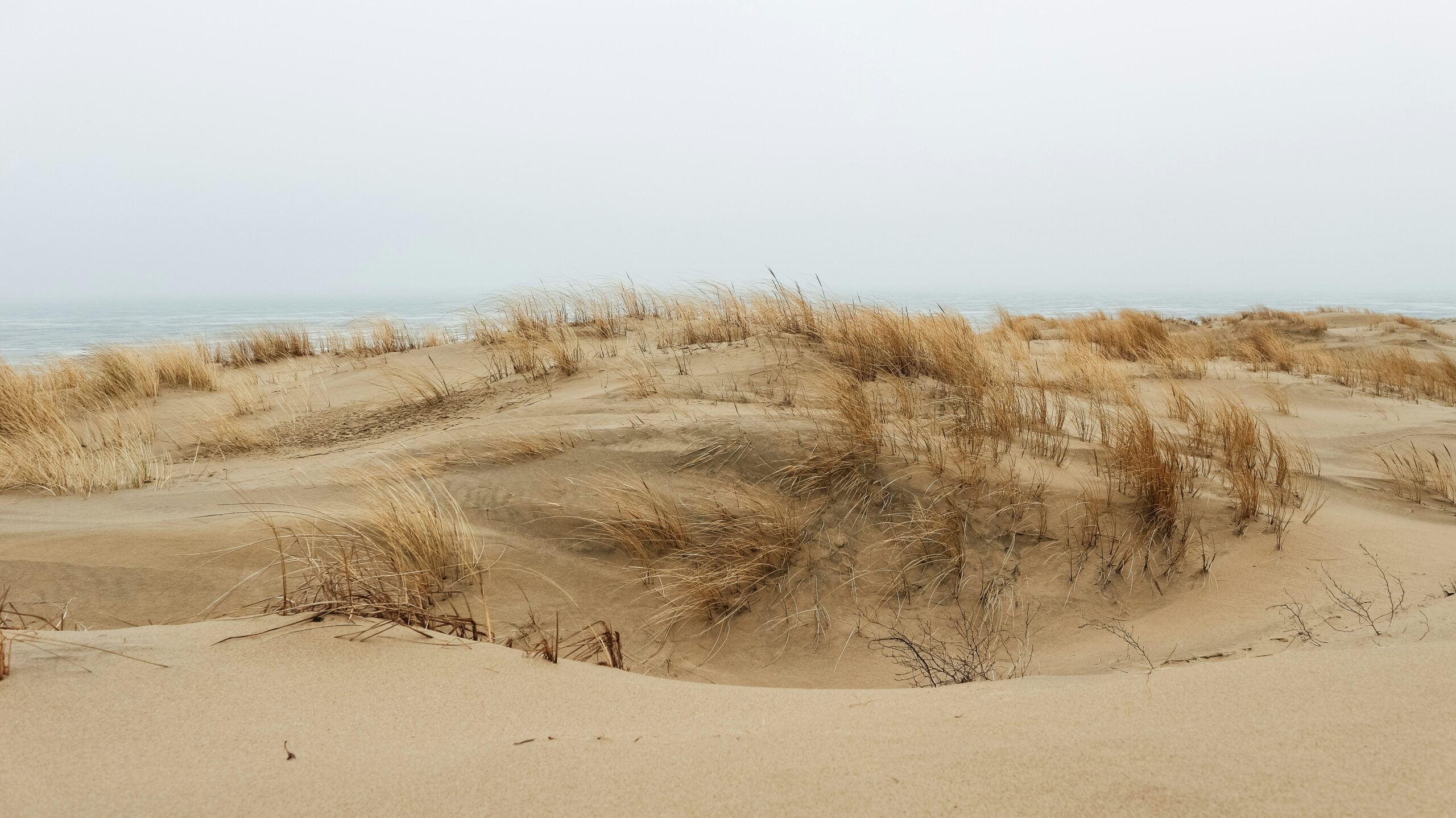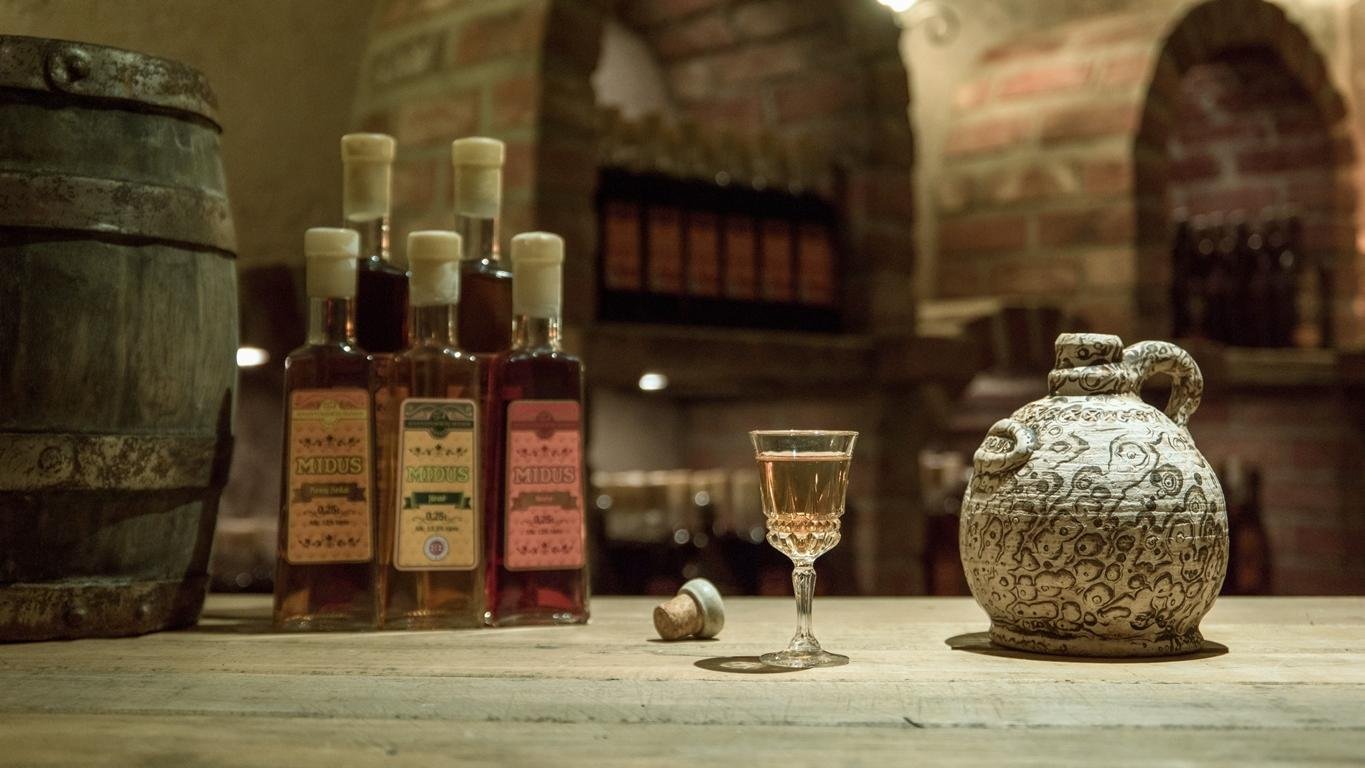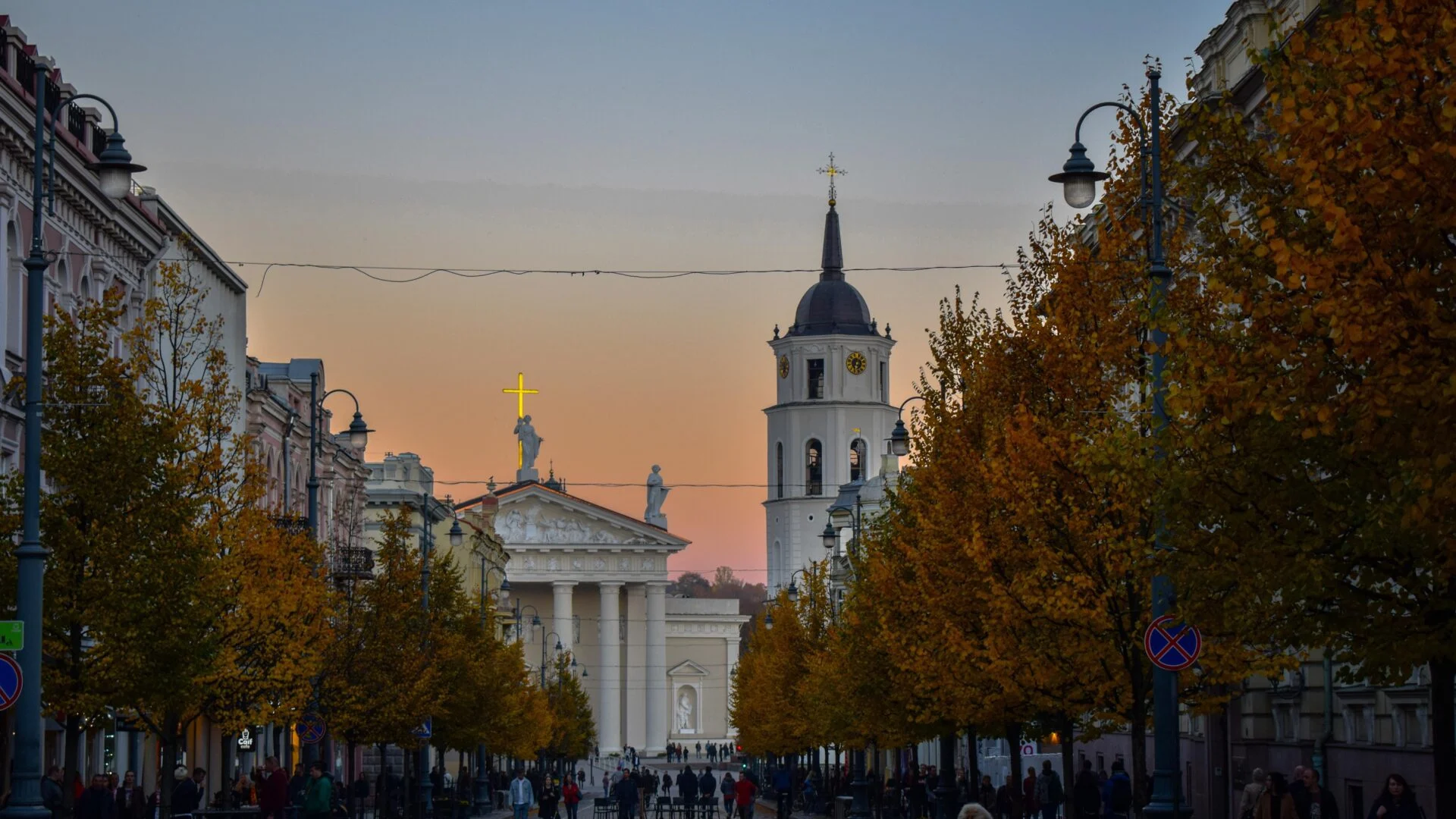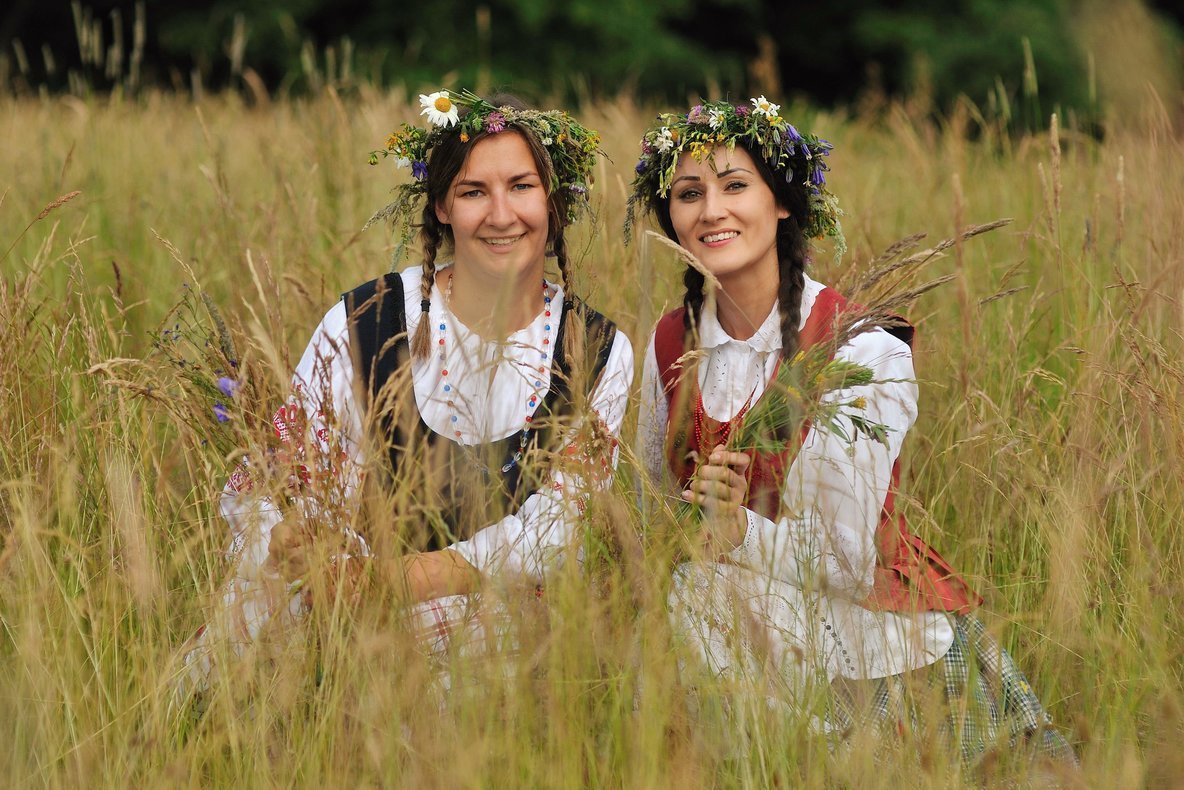The Baltic Sea, a serene and picturesque region, offers travelers a unique blend of history, nature, and tranquility. Nestled in Northern Europe, the Baltic states of Lithuania, Latvia, Estonia, and the northern coast of Poland present a perfect escape for those seeking to explore a less-trodden path. Having journeyed through these lands, I can confidently recommend some of the best places to rest and explore, each offering its own unique charm.
1. Klaipėda and the Curonian Spit, Lithuania

Pros:
- Natural Beauty: The Curonian Spit is a UNESCO World Heritage Site, offering a mesmerizing landscape of sand dunes, pine forests, and tranquil beaches. The split between the Curonian Lagoon and the Baltic Sea provides stunning views, especially at sunset.
- Cultural Richness: Klaipėda, Lithuania’s main port city, boasts a unique blend of German, Lithuanian, and Scandinavian influences, reflected in its architecture and cultural events like the Sea Festival.
- Outdoor Activities: From hiking to bird watching, the Curonian Spit is a haven for nature lovers. The area is also famous for its cycling routes.
Cons:
- Seasonal Crowds: During the summer, the area can become quite crowded, particularly in tourist hotspots like Nida.
- Limited Accessibility: The Curonian Spit is a narrow stretch of land accessible mainly by ferry, which might limit travel flexibility.
Personal Experience:
Walking along the dunes of the Curonian Spit, you feel like you’ve stepped into another world. The endless stretch of sand meeting the sea is both calming and awe-inspiring. Klaipėda’s old town, with its quaint streets and lively harbor, is perfect for a leisurely stroll.
2. Gdańsk, Poland

Pros:
- Rich History: Gdańsk, one of Poland’s oldest cities, is steeped in history. Its well-preserved medieval architecture, such as St. Mary’s Church and the Gdańsk Crane, tells tales of its storied past.
- Vibrant Cultural Scene: The city offers a range of cultural activities, from museums like the European Solidarity Centre to music festivals.
- Beautiful Beaches: Nearby Sopot and Gdynia provide sandy beaches and a lively nightlife, making Gdańsk a versatile destination.
Cons:
- Tourist Crowds: As one of Poland’s most popular cities, Gdańsk can be very crowded, particularly in the summer.
- Weather Variability: The weather can be unpredictable, with sudden changes in temperature and occasional rain.
Personal Experience:
Gdańsk’s Old Town is a gem, with its colorful facades and cobbled streets. The city’s history, particularly its role in the Solidarity movement, is palpable everywhere. A boat ride along the Motława River offers a different perspective of the city, showcasing its blend of the old and the new.
3. Tallinn, Estonia

Pros:
- Medieval Charm: Tallinn’s Old Town is one of the best-preserved medieval cities in Europe. With its winding cobblestone streets, ancient towers, and cozy cafés, it feels like stepping back in time.
- Modern Amenities: Despite its historical appearance, Tallinn is a modern city with excellent infrastructure, fast internet, and a burgeoning food scene.
- Cultural Events: Tallinn hosts numerous festivals, including the Tallinn Music Week and the Medieval Days, making it a vibrant city year-round.
Cons:
- Cold Winters: Winters in Tallinn can be harsh, with temperatures often dropping below freezing. However, the city’s Christmas market adds a magical touch to the cold season.
- Tourist Prices: Prices in the Old Town can be higher compared to other parts of Estonia, especially in restaurants and souvenir shops.
Personal Experience:
Tallinn is a city that captivates you with its contrasts—medieval walls surrounded by a buzzing modern city. Watching the sunset from Toompea Hill, overlooking the red roofs of the Old Town, is an experience that stays with you long after you’ve left.
4. Riga, Latvia

Pros:
- Art Nouveau Architecture: Riga boasts one of the largest collections of Art Nouveau buildings in the world. The Alberta Iela street is a must-visit for architecture lovers.
- Cultural Richness: The city is a cultural hub with its many museums, galleries, and an opera house. Riga’s Central Market, housed in old zeppelin hangars, is a UNESCO World Heritage site.
- Vibrant Nightlife: Riga has a lively nightlife scene, with numerous bars, clubs, and live music venues catering to a diverse crowd.
Cons:
- Busy City: As the largest city in the Baltics, Riga can be quite busy, particularly in the city center.
- Tourist Traps: Some areas, especially around the Old Town, can feel touristy, with higher prices and less authentic experiences.
Personal Experience:
Riga feels both grand and accessible. The wide boulevards, the mix of Art Nouveau and Soviet-era buildings, and the lively market scene make it a city full of surprises. The local cuisine, especially in traditional Latvian eateries, is hearty and comforting, perfect after a day of exploring.
Conclusion
The Baltic Sea region offers a rich tapestry of experiences, from the serene natural landscapes of Lithuania’s Curonian Spit to the vibrant, historic cities of Gdańsk, Tallinn, and Riga. Each destination has its own unique character and charm, making it a perfect region to explore at a leisurely pace.
Recommendation:
If you’re seeking a blend of history, culture, and nature, the Baltic Sea region is a must-visit. With its relatively compact geography, it’s easy to travel between these countries, experiencing a diverse range of environments and cultures in a short amount of time. Whether you’re strolling through the medieval streets of Tallinn or soaking up the sun on a Polish beach, the Baltic Sea has something to offer every traveler.
Personal Tip:
Consider visiting in the shoulder seasons (spring and early autumn) when the weather is pleasant, and the crowds are thinner, allowing you to fully immerse yourself in the beauty and tranquility of the Baltic region.
Read more!





